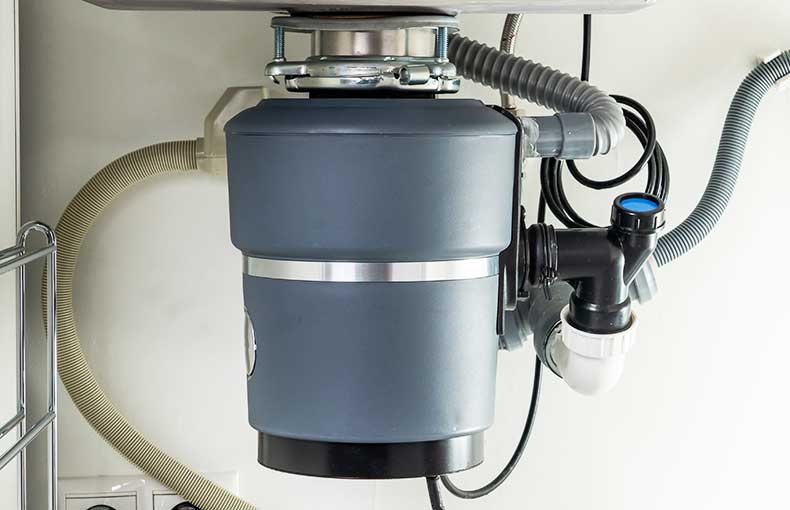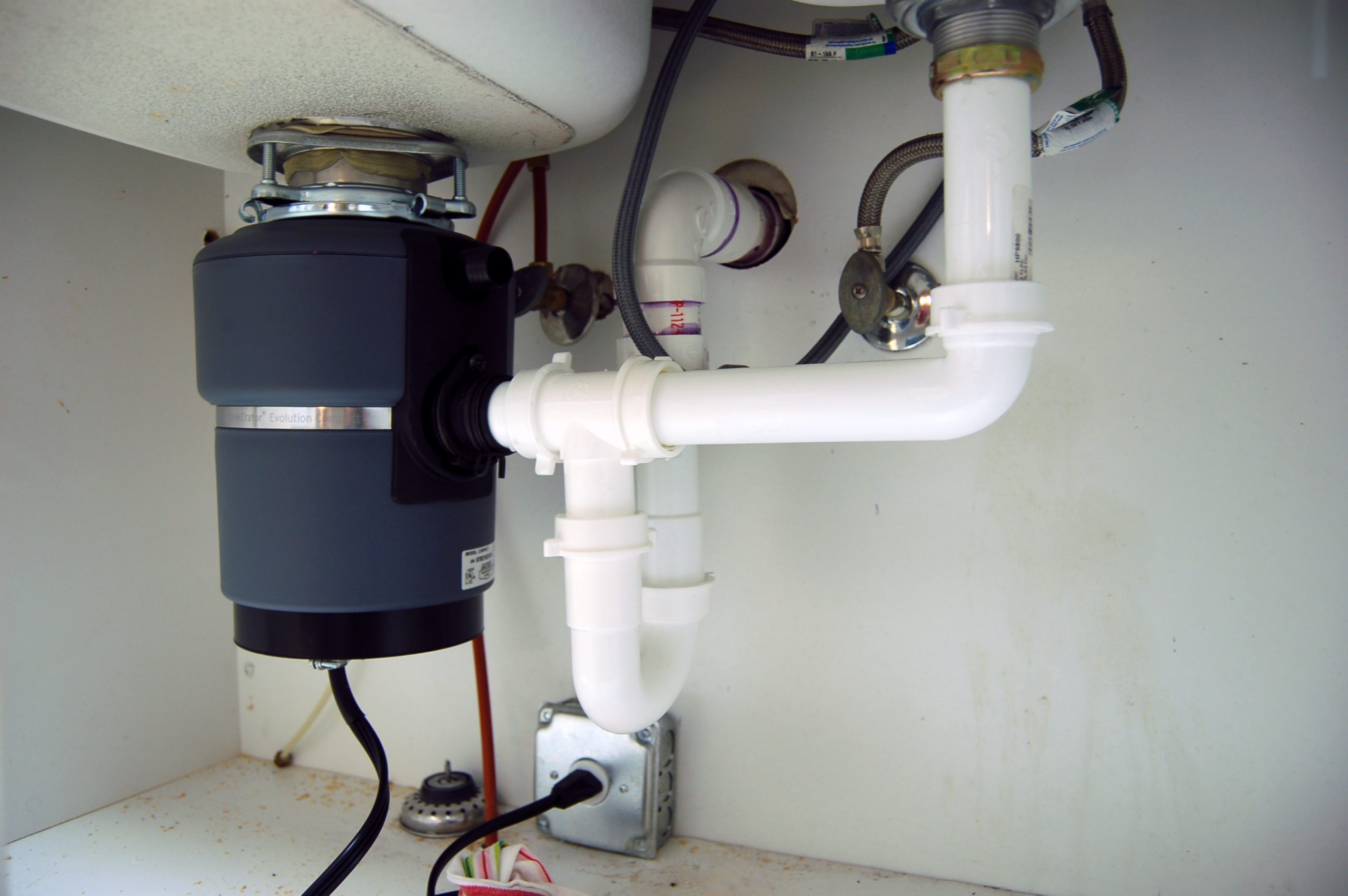Helpful Techniques for Repairing a Dripping Garbage Disposal
Helpful Techniques for Repairing a Dripping Garbage Disposal
Blog Article
They are making a few good points on Why Is My Garbage Disposal Leaking From the Bottom? as a whole in the content which follows.

Garbage disposals are necessary kitchen devices that help in dealing with food waste effectively. However, a dripping garbage disposal can be an irritating and unpleasant issue to deal with. Luckily, numerous leaks can be fixed quickly with a couple of simple steps. In this post, we will review how to fix a leaking waste disposal unit effectively.
Intro
Garbage disposals are set up under kitchen area sinks and are developed to shred food waste into smaller sized pieces, permitting it to pass through the plumbing system easily. While these devices are typically trustworthy, leaks can happen over time as a result of wear and tear, loose links, or damage to the system.
Usual Causes of Leakages in Rubbish Disposals
Worn Seals and Gaskets
Seals and gaskets play a crucial duty in stopping water from leaking out of the waste disposal unit. Gradually, these elements can deteriorate, bring about leaks around the disposal device.
Loose Connections
The links between the waste disposal unit and the pipes system can end up being loosened over time, creating water to leakage out during procedure.
Fractures or Holes in the Disposal Unit
Physical damages to the garbage disposal, such as cracks or holes in the housing, can additionally lead to leaks.
Identifying the Resource of the Leak
Prior to attempting to fix a dripping waste disposal unit, it is important to identify the resource of the leak. This can typically be done through visual examination or by performing simple examinations.
Visual Assessment
Inspect the waste disposal unit unit meticulously for any type of indications of water leakage. Pay attention to areas around seals, gaskets, and connection points.
Examining for Leakages
One way to test for leaks is by running water via the disposal unit and looking for any kind of visible indications of leak.
Tools and Materials Needed for Dealing With a Leaking Garbage Disposal
Prior to starting the repair work process, gather the needed devices and products, including a screwdriver, adjustable wrench, plumbing technician's putty, substitute seals or gaskets, and epoxy or patching product for fixing cracks or holes.
Step-by-Step Overview to Dealing With a Dripping Waste Disposal Unit
Turn Off the Power
Prior to trying any kind of fixings, ensure that the power to the waste disposal unit device is turned off to prevent the threat of electrical shock.
Find the Leak
Identify the exact area of the leakage and identify the cause.
Tighten up Links
Use a wrench to tighten up any type of loose links between the disposal unit and the pipes system.
Replace Seals or Gaskets
If the leak results from worn seals or gaskets, get rid of the old parts and change them with new ones.
Patching Splits or Holes
For splits or openings in the disposal unit, use epoxy or an ideal patching product to secure the damaged area.
Evaluating the Garbage Disposal After Fixing
As soon as the fixing is full, examine the waste disposal unit by running water through it to guarantee that the leak has actually been resolved.
Preventive Maintenance Tips to Stay Clear Of Future Leakages
To avoid future leaks, it is necessary to carry out regular upkeep on your garbage disposal. This consists of keeping it clean, staying clear of placing non-food items or tough items down the disposal, and periodically looking for leaks or other issues.
Final thought
In conclusion, fixing a dripping garbage disposal is a reasonably straightforward procedure that can be completed with standard tools and products. By following the actions outlined in this post and practicing precautionary upkeep, you can keep your waste disposal unit in good working problem and avoid pricey repairs in the future.
HERE’S HOW TO FIX YOUR GARBAGE DISPOSAL
WHAT TO DO IF SOMETHING IS STUCK IN YOUR GARBAGE DISPOSAL
If the impeller won’t turn, there’s probably something stuck in the disposal. It could be a steak bone or peach pit, although plumbers report pulling all sorts of inappropriate objects out of disposals, such as bottle caps or aluminum foil. Make sure power to the disposal is off, and look inside to see if you can see the source of the jam.
Never stick your fingers in a disposal. Pull out anything you see with tongs or pliers.
If the disposal still won’t work, it may be time to call a plumber or consider buying a new disposal. GEM Plumbing & Heating is here for all of your garbage disposal needs.
WHAT TO DO IF YOUR GARBAGE DISPOSAL DRAIN IS CLOGGED
Take everything out from underneath your sink and put a bucket or other container under your disposal to catch any water that drains out. Disconnect your disposal from the power supply. If it’s plugged into a wall outlet, unplug it. If it’s hardwired into an electrical box, go to the electrical panel and turn off the breaker for the disposal. Pour ¼ cup of baking soda into the drain, followed by ½ cup of white vinegar. Give the solution a few minutes to fizz and do its work. Look into the disposal with a flashlight to see if you can see an object that might be causing the clog. If you see it, remove it using tongs or pliers. MORE TIPS ON DEALING WITH A CLOGGED GARBAGE DISPOSAL
Never use drain cleaner in a garbage disposal. It can damage the plastic parts inside the disposal. You can also be splashed with the caustic liquid while working to clear the clog. Beware! Never stick your fingers into a garbage disposal. Trust us — not a good idea. In many instances, your dishwasher drains through your garbage disposal. This allows the disposal to grind any large food particles that may be drained out of your dishwasher. There are some jurisdictions, however, where the plumbing code prohibits such a connection. WHAT TO DO WHEN YOUR DISHWASHER DRAINS THROUGH THE DISPOSAL
Run some water in the sink so your plunger has at least a ½-inch of water to create a seal and plunge vigorously up and down several times. You may need to repeat this several times. Run hot water down the drain to clear any residue that remains.

As a serious person who reads on Why Is , I figured sharing that piece of content was smart. For those who appreciated our blog entry if you please don't forget to pass it around. We cherish reading our article about The Handy Guide To Fixing Your Garbage Disposal Leaking.
Click Here Report this page